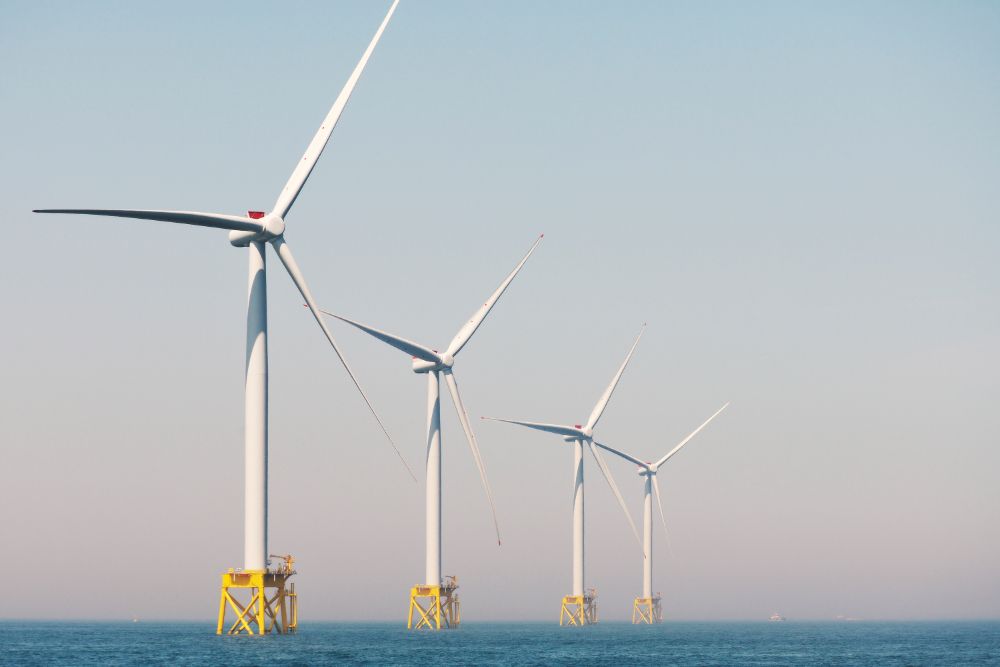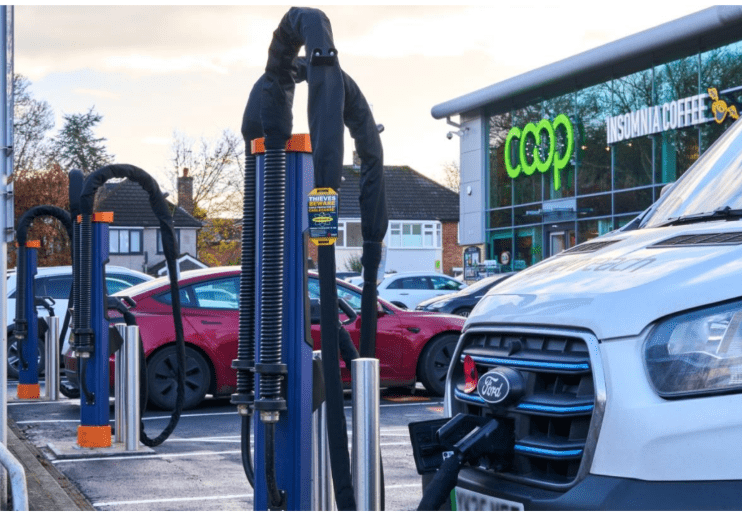A better labelling system for the range of electric vans is becoming “critical to adoption”, says the Association of Fleet Professionals.
Chair Paul Hollick has said that Worldwide Harmonised Light Vehicle Test Procedure (WLTP) labelling for vans needed to cover not just a load-free vehicle in warm conditions but a variety of payload and weather variations.
The organisation first highlighted the inadequacies of the existing WLTP figures last year and this winter has only made the problem more apparent.
Hollick said that it had reports of operators with a range of 200 miles experiencing half that range in cold conditions with full loads, and that was a reduction that is “extremely difficult for fleet managers to work their way around in operational terms”
He said: “Ultimately, it means that the official data designed to guide fleets towards making informed buying decisions is at best, inaccurate and, at worst, leads to the purchase of vehicles that are not fit for purpose. These are very expensive mistakes for businesses to be making.
“Ideally, we’d end up with a grid that perhaps showed how vans operated with no load, a medium load and a full load in warm, normal and cold conditions. Also, it would be useful to know something about towing capacity. This is not a complex or onerous request but a fundamental one bearing in mind the technology.”
Hollick added that having an “accurate idea” of how electric vans will perform in “real world conditions is critical to their successful adoption”.
He added: “Fleet managers can’t make informed buying decisions without having a good indication of range. Instead, they are coming into work on cold mornings and finding that the routes they had planned are unviable, sometimes creating huge difficulties.”
Hollick also said that it was important to underline that many fleets were operating electric vans without issue because their operational needs were less demanding.
He continued: “If you’re allocating electric vans with a light load to local routes, then you are unlikely to encounter any problems, and we have many members in that position for whom electrification is proving relatively easy. However, if you have bought a van with a 200 mile range because you need a 200 mile range, then the WLTP figures could result in you acquiring a vehicle that just doesn’t meet your requirements.”
“What is abundantly clear is that the existing WLTP range figures for electric vans are not fit for purpose and are acting as a potential roadblock to adoption. It’s a situation that benefits no-one – not manufacturers, not fleets, and not governments who want to see rapid adoption of zero emissions vehicles.”








